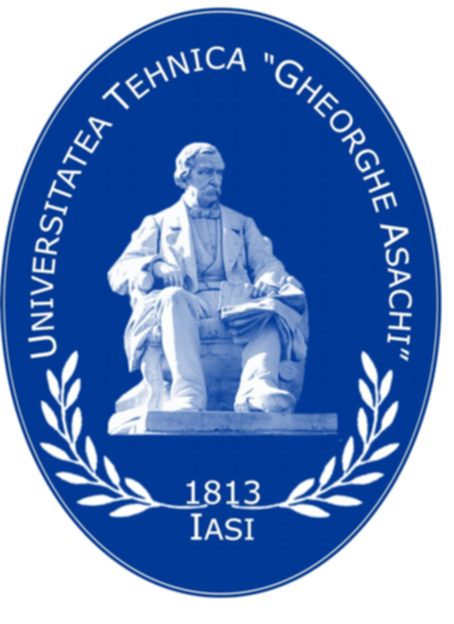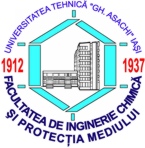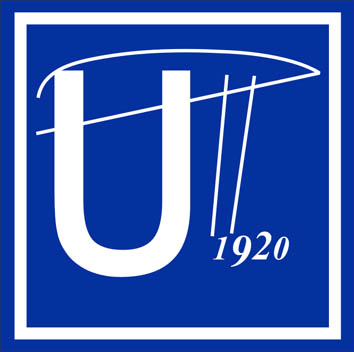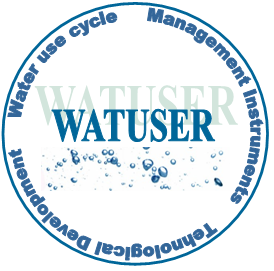|
 



|
The main objective of the WATUSER project is to develop and
implement an integrated system of innovative technologies and management
instruments for reducing environmental impacts and associated human health
risks caused by water quality aspects in the entire water use cycle: water
abstraction, treatment, distribution, use, wastewater collection,
wastewater treatment and discharge/reuse. The project’s implementation
consortium includes 2 prestigious Romanian Universities: “Gheorghe Asachi” Technical University of
Iasi, which acts as
coordinator and Politehnica University of
Timisoara, together with 2partners from the regional water
operators network: SC
AQUATIM SA from Timisoara
and SC APAVITAL SA
from Iasi.
For the successful achievement of the main goal,
2 research directions are proposed for the development of:
•
innovative technologies for water and wastewater treatment in order to
respond to specific water quality problems;
• a coherent framework of
innovative assessment and evaluation instruments that will enable the
identification and abatement of environmental and human-related impacts
and risks over the whole water use.
The derived specific objectives proposed
for the whole water use cycle for the two regional levels of the project
(Iasi and Timis Counties) are:
1. Development of specific instruments
for the identification, quantification and control of environmental
impacts and risks, over the water use cycle, applied to regional water
operators;
2. Development of the capacity of collaboration and
knowledge transfer between the universities and the regional water
operators in Iasi and Timis counties for the control of the environmental
impacts and human health risks in the water use cycle;
3. Development
of the research and institutional capacities of the universities and water
regional operators in Iasi and Timis counties for facilitation of the
further cooperation at national and international scale;
4. Development
of capacities and competitiveness of Romanian researchers and staff of
regional water operator, as well as of the national partnerships
contributing to environmental sustainability (protection, conservation of
the water resources, control of the environmental impacts and human health
related risks);
5. Dissemination of relevant results of the project to
the scientific community through publication in peer reviewed
international journals, ISI ranked, participation in international
conferences, workshops, trainings/research stages, as well as to
interested stakeholders (industrial agents, water authorities, waterworks
companies, agriculture and services, EPAs, local and regional development
agencies and authorities, NGO’s and societal organizations).
The major novel project features
are:
a) Integration: the environmental, technical, operational and
management problems are approached within the water use cycle in an
integrated and coherent manner. The integration perspectives of the
project refer to multiple aspects: firstly, to the water related problems
on the entire water use cycle at the level of regional water operators,
taking into consideration the inter-relationships in the complex natural
environment–technological anthropogenic system, as well as the
spatial-temporal variability of water quality and availability; secondly,
the framework of objectives and activities integrates assessment studies
with technological development and testing at pilot scale which enables
the improvement of regional water operators management as well as the
evaluation of the development perspectives of water and wastewater
services for small communities.
b) Multidisciplinarity: the project
activities address problems in multiple science areas related to water
resources management: environmental management (water resources
management, impact and risk assessment, water footprinting, life cycle
assessment, environmental performance indicators) and engineering
sciences: chemical and environmental engineering (electrochemical
processes, advanced oxidation processes, membrane processes), computer
engineering (integrated monitoring system for water related impacts and
risk surveys design and implementation).
c) Originality, novelty &
innovation: the project develops an integrated system of management
instrument and technological developments to tackle water related impacts
and risks on the whole water use cycle at regional level. To our
knowledge, the scale of the project consortium, as well as the complexity
of the activities within the WATUSER project represents a premiere for
both the Romanian academia and the regional water operators. |

